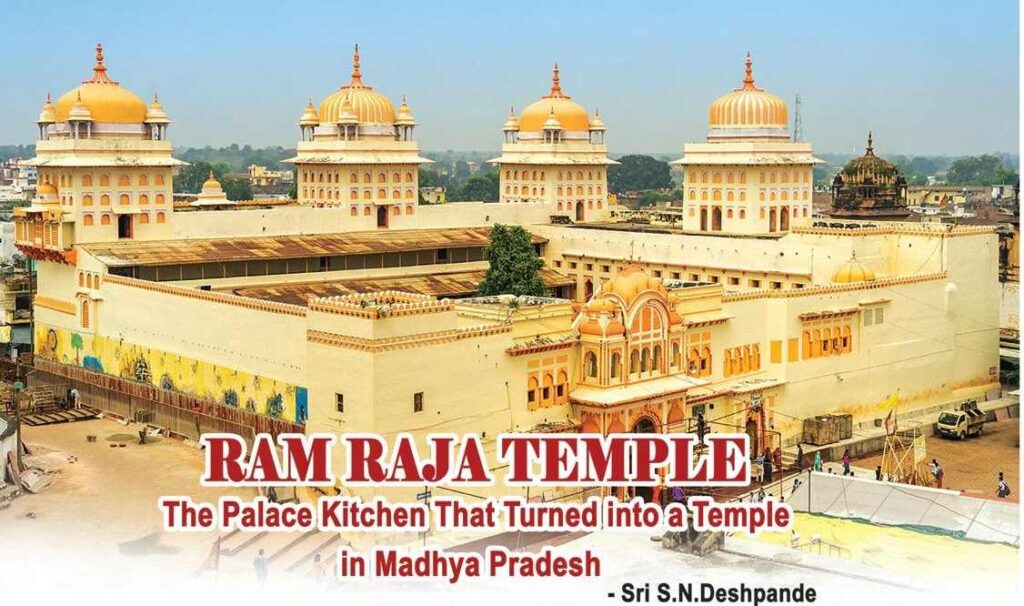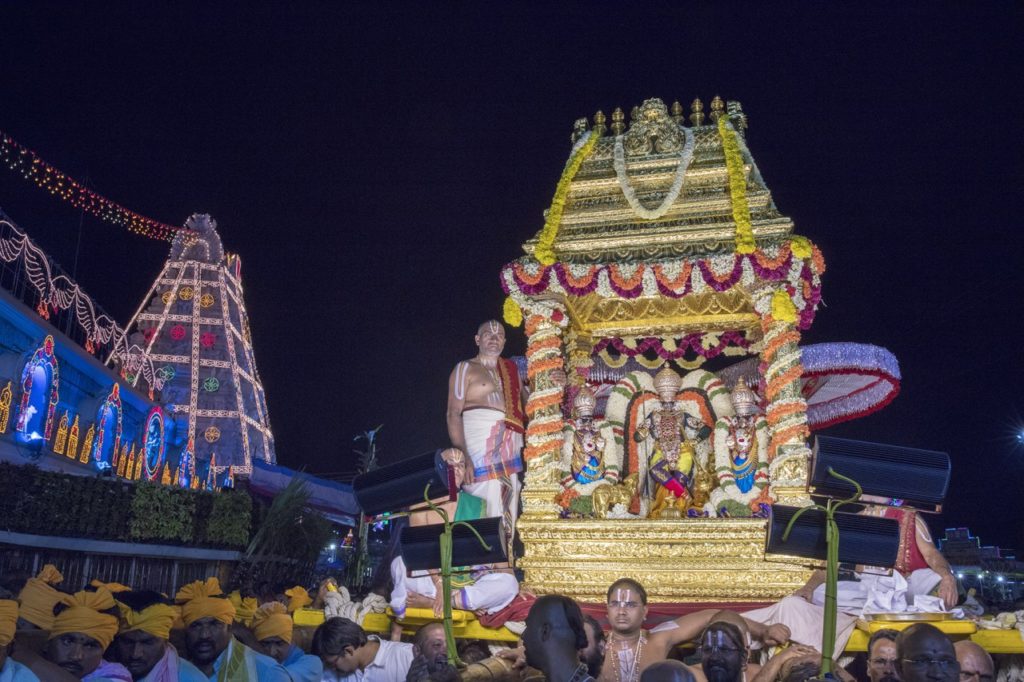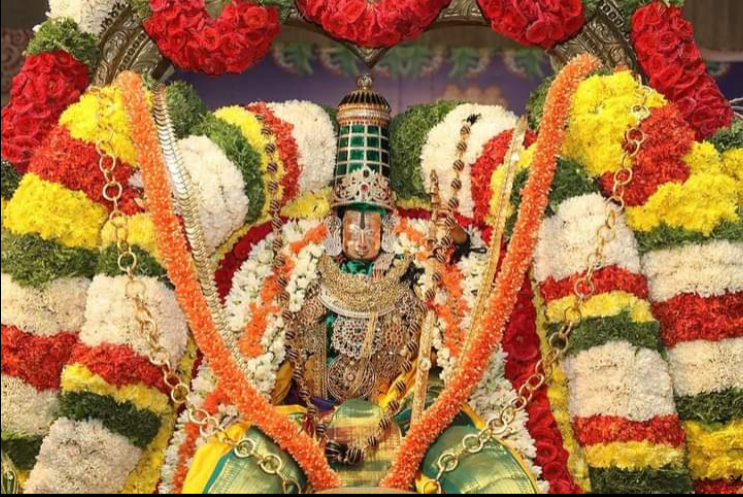Devuni Kadapa – Sri Venkateswara Swamy Temple There are many famous temples in Kadapa District. Devuni Kadapa Sri Venkateswara Swamy Temple is one of the most famous and ancient temples in Kadapa District, Andhra Pradesh. The temple is at a distance of three kilometres away from Kadapa. It is in the area of Kadapa Municipal Read More
Tag: rama
Sri Rama Raja Temple, Orchha
Sri Rama Raja Temple – The Palace Kitchen that turned into a Temple in Madhya Pradesh We have seen in all of Rama’s Temples, the Lord is shown as standing along with Sita, Laxman and Hanuman sitting on his knees with folded Hands looking at Lord Rama. However in Rama Raja Temple, Orchha, Madhya Pradesh, Read More
Sri Rama Raja Mandir, Orchha
Sri Rama Raja Mandir – The Palace Kitchen that turned into a Temple in Madhya Pradesh We have seen in all of Rama’s Temples, the Lord is shown as standing along with Sita, Laxman and Hanuman sitting on his knees with folded Hands looking at Lord Rama. However in Rama Raja Temple, Orchha, Madhya Pradesh, Read More
Sri Rama Pattabhishekam
Sri Rama Pattabhishekam in Tirumala On the auspicious day of Chaitra Suddha Dasami ‘Pattabhisheka Asthanam’ or “Sri Rama Pattabhishekam” will be celebrated to Lord Sri Rama in the divine presence of Lord Venkateswara every year in Tirumala. Procession on Four Mada Streets – Around the temple After the performances of ‘Pratakkalaaradhana’ and ‘Madhyaanikaalaradhana’ to Lord Read More
Sri Kodandarama Swamy, Tirupati
Sri Kodandarama Swamy – ISTAARTHA RAMUDU There are many famous temples in and around Tirupati. Sri Kodandarama Swamy Temple is one of the famous and ancient historical temples, 1.5 km from Tirupati Railway station. By Worshipping Sri Kodanda Ramachandra Murthi of this temple, the desires of the devotees will be fulfilled. The god of this Read More



